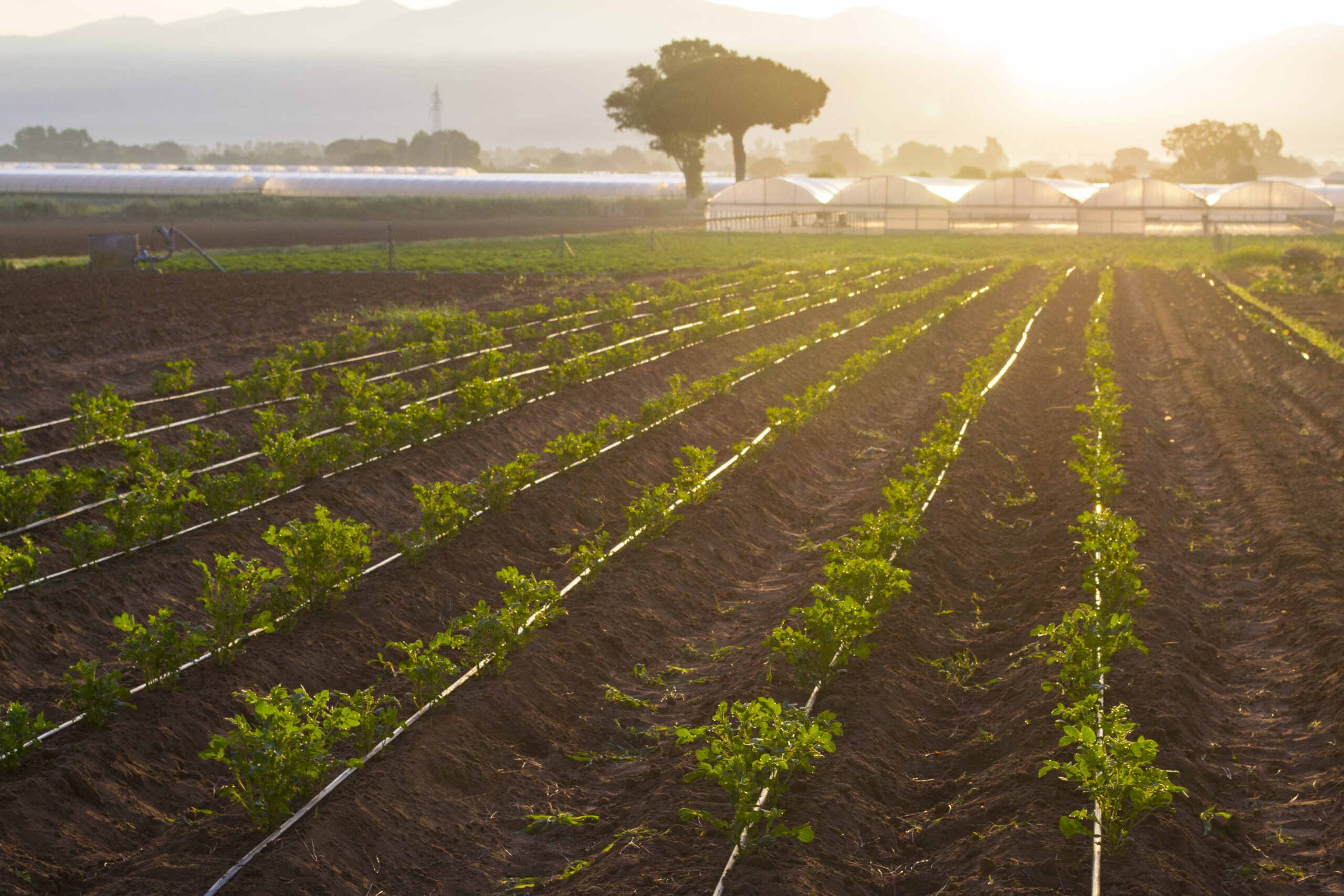Greenhouse gas emissions from mineral nitrogen fertilizer use can be reduced by 70% by 2050, according to a new report released today by the International Fertilizer Association (IFA) and Systemiq.
“It is critical for the fertilizer industry to help feed the world with fewer or more limited resources”, explains Alzbeta Klein, CEO/Director of IFA, in the Foreword to the report. Amid an evolving food crisis, Reducing Emissions from Fertilizer Use provides recommendations to fertilizer companies, farmers, their advisers and policy makers on how to cut GHG emissions and meet other environmental goals while feeding a global population of nearly 10 billion by 2050.
Fertilizer plays an essential role in food systems: it increases the volume of food that can be grown on a fixed amount of land, playing a critical role in feeding around half the global population. Yet its use is associated with GHG emissions estimated at 720 million tonnes of carbon dioxide equivalent a year, primarily nitrous oxide, a gas 300 times more powerful than carbon dioxide and an ozone depleting substance.
Along with emissions from mineral fertilizer production, mineral fertilizer accounts for 6% of all GHG emissions from the food sector, which is in turn responsible for around a third of all global GHG emissions. This report highlights the opportunity for the fertilizer sector and the wider food system to address these emissions, helping to limit global warming to 1.5°C, while continuing to support food production.
”The report recommends measures that can reduce emissions from mineral fertiliser use by up to 70%. Many are well-known, affordable and good farming practice. Implemented at scale, they can enable more sustainable, resilient food production around the world.
Jeremy OppenheimFounder and senior partner, Systemiq
Much of the approximately 70% reduction in GHG emissions by 2050 can be achieved by focusing efforts within the sector’s current value chains and business models, including applying the following strategies:
- Improving nitrogen use efficiency (NUE): Using fertilizer more efficiently so that a higher proportion of nutrients are taken up by the crops and less escapes as GHGs and other forms of pollution. The industry’s 4R framework (applying the right nutrient source, at the right rate and time and in the right place) provides examples of the sorts of actions farmers can take to achieve these improvements.
- Developing and applying existing technologies and producing new ones. Additional products such as urease and nitrification inhibitors and controlled-release fertilizers have the potential to further help reduce emissions. More research and product development are needed to make these technologies more affordable, and to better understand how they work together and their wider environment impacts.
- Promoting wider changes in the agri-food system. This includes farmers growing more legumes (e.g., soybeans) that need less fertilizer, and populations reducing their animal product consumption in countries where it makes sense to do so.
In addition to reducing emissions, fertilizer companies can support more farmers with techniques to sequester carbon in their soils. This also improves soil health and can be a source of income for farmers.
The report also presents an analysis of six global agricultural regions and the opportunities for emissions reductions in these systems. Around a quarter of the emissions reductions identified are cost savings for farmers as more efficient fertilizer use saves money, and in some cases also leads to increased yields.
In some regions such as sub-Saharan Africa, additional fertilizer will need to be applied – in a climate-smart way – to protect soil health and improve food production while minimizing land use changes and GHG emissions.
The challenge of transforming how we grow food to meet climate goals becomes more urgent by the day, and the fertilizer sector has a core role in delivering solutions. Implementing the recommendations in this report, and meeting the decarbonization challenge head-on, will help secure the long-term economic and environmental sustainability of the entire food system and create a plant nutrition sector for the future.
.

